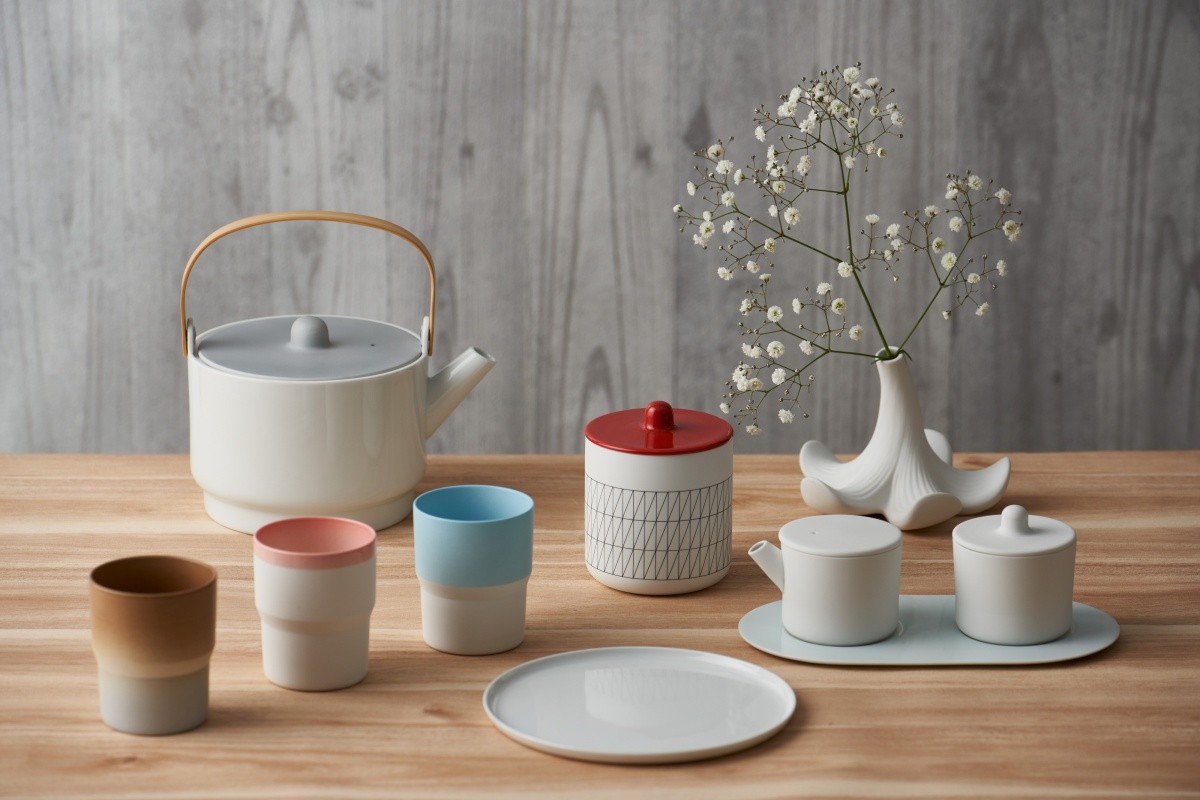
Japanese ceramics combine tradition and craftsmanship, offering both beauty and practicality. In Japan, they are also called "yakimono" (pottery), and many regions across the country are known for their unique ceramic styles. In this article, we will introduce the history of these "yakimono," their regional characteristics, and how to enjoy them. Why not dive into the world of beautiful Japanese ceramics?
💎 Find stylish and modern "Arita ware"
*By purchasing or reserving products introduced in this article, a portion of the sales may be returned to FUN! JAPAN.
What is Japanese "Tōjiki"? A Simple Introduction to the Difference from Tōki (Earthenware)
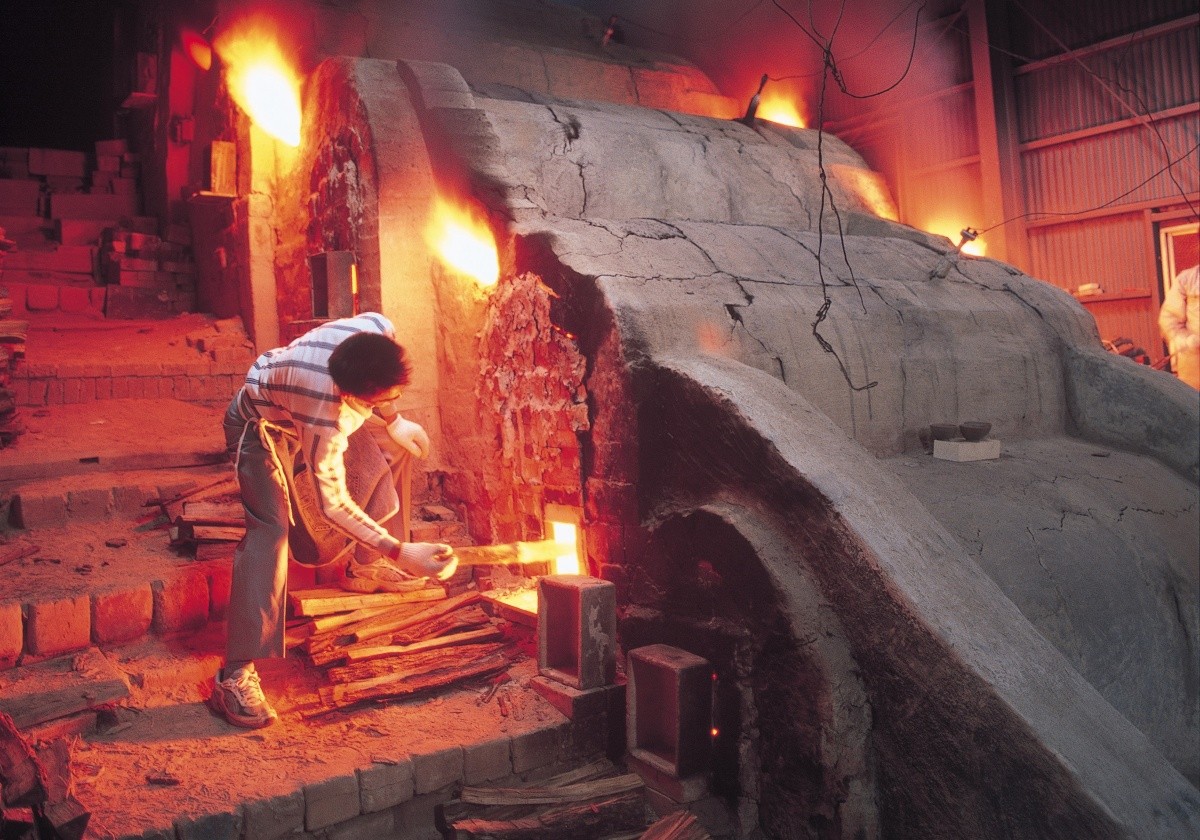
Tōjiki refers to items shaped from clay or stone as the main material and then fired at high temperatures. Based on differences in the type of clay, hardness, water absorbency, and translucency, they are classified into doki (earthenware), tōki (pottery), seki (stoneware), and jiki (porcelain).
Tōki (pottery) is made using clay that contains a certain amount of glassy material, glazed, and then fired at about 800–900°C up to 1200°C. It is non-translucent and water-absorbent.
Jiki (porcelain) uses porcelain clay with a higher glass content, fired at a higher temperature of around 1300°C, making it harder than pottery, translucent, and non-absorbent. Sekki (stoneware) has characteristics in between pottery and porcelain. Throughout history, Tōjiki has been widely used for items ranging from tableware and teaware to jars and decorative pieces. In each region, unique techniques and designs have developed over time.
The History of Japanese "Tōjiki"

The history of Japanese ceramics begins with Jōmon pottery more than 10,000 years ago. Between the 2nd century BCE and the 3rd century CE came Yayoi pottery. In the mid-Kofun period (early 5th century), technologies introduced from the Asian continent led to the creation of Sue ware, allowing for high-temperature firing.
During the Heian period, ash-glazed pottery using natural plant ash developed. In the Azuchi-Momoyama period, the culture of the tea ceremony influenced the creation of pottery such as Shino, Ki-Seto, Seto-Guro, and Oribe in areas like Seto (Aichi Prefecture) and Mino (Gifu Prefecture), and Raku ware in Kyoto.
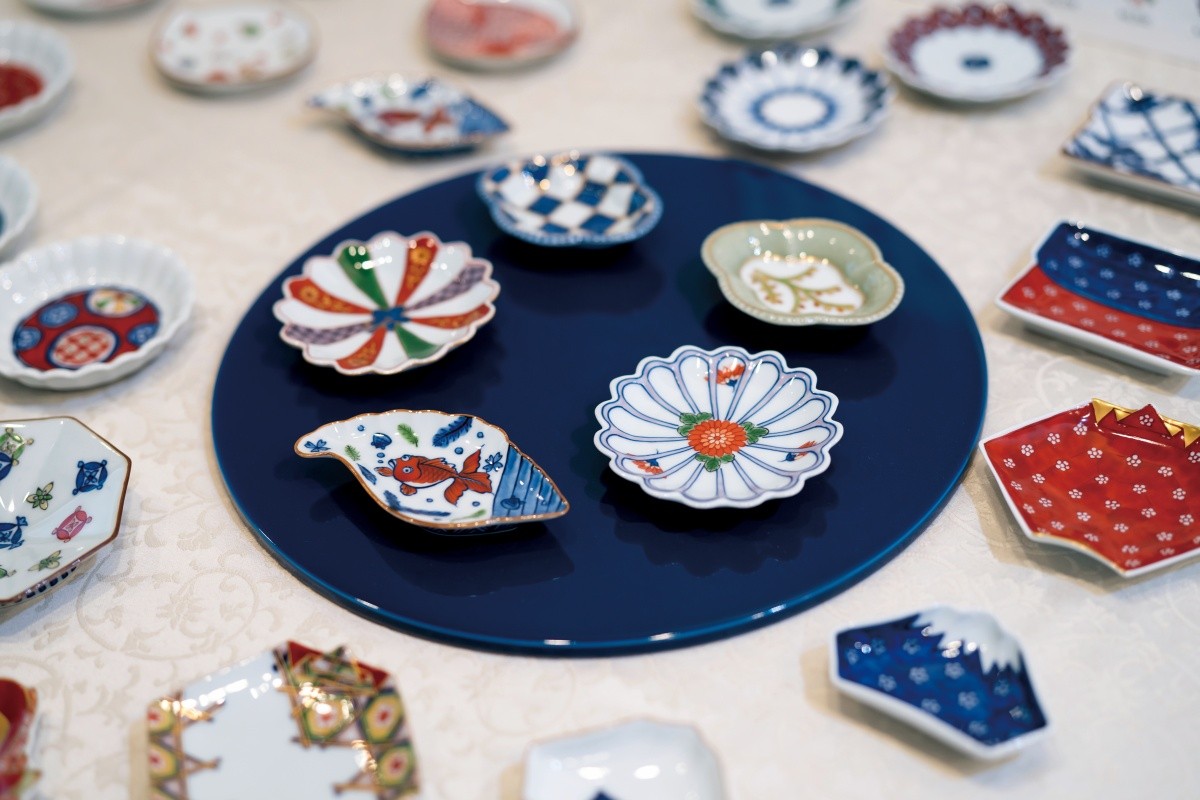
In the Edo period, porcelain production in Japan began when porcelain stone was discovered in Arita (Saga Prefecture). When colored porcelain began to be produced and gained popularity in Europe, large-scale exports followed.
By the 18th century, porcelain, which had previously only been produced in the Arita region, started being made in other areas such as Kyoto, Kutani, Tobe, and Seto, leading to the spread of diverse ceramic cultures.
What are the Six Ancient Kilns of Japan? Famous Pottery-Producing Regions
The "Six Ancient Kilns" (Nihon Rokkoyō) refers to six of Japan’s most representative pottery-producing regions that have continued to produce ceramics from the medieval period to the present day.
Seto Ware (Aichi Prefecture)
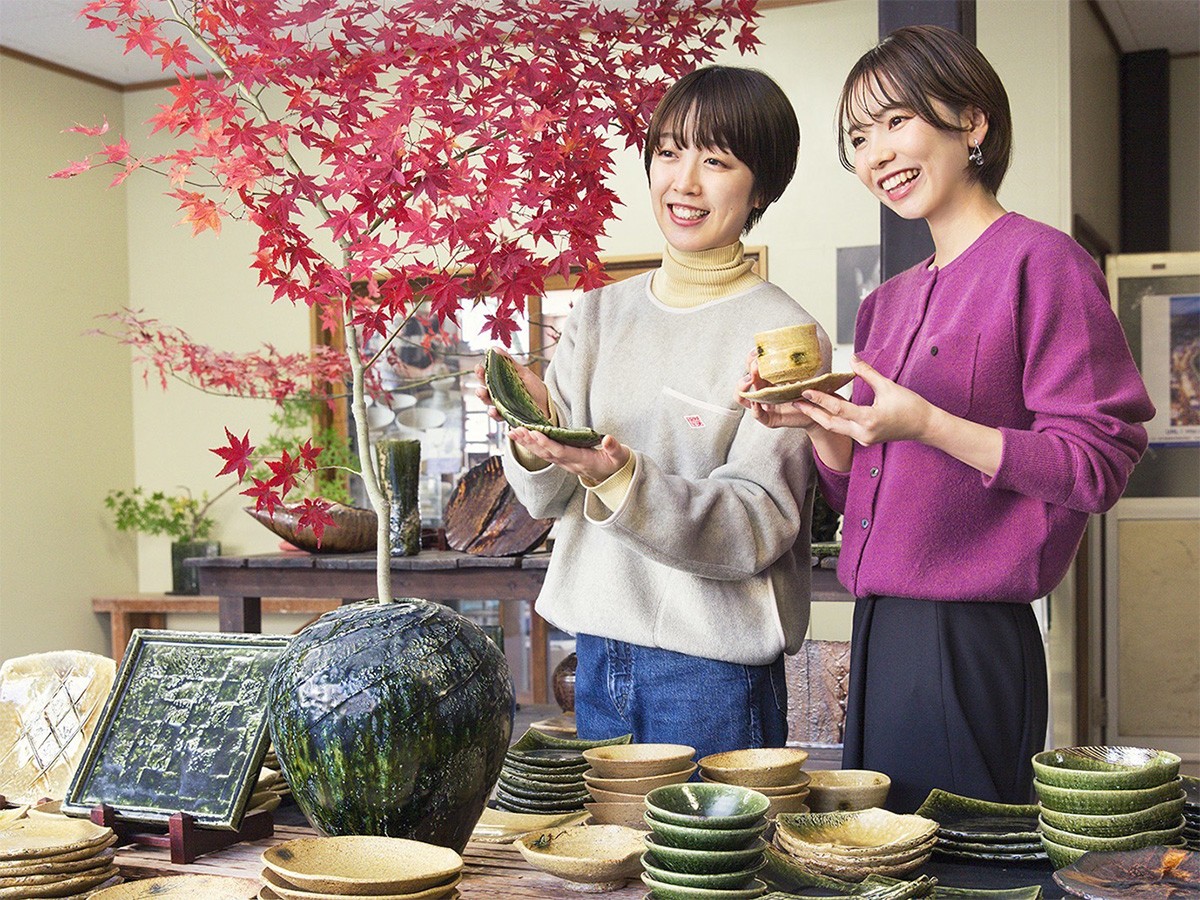
Seto ware is a general term for ceramics produced in and around Seto City, Aichi Prefecture. One type, "Akazu ware," developed from Sue ware made around the Nara period (around 700) into ash-glazed pottery by the Heian period (around 815). Its charm lies in its refined beauty, created by seven types of glazes and twelve decorative techniques that produce subdued yet intricate patterns and natural colors.
Another style, "Seto Sometsuke ware," was established in the mid-19th century during the Edo period. It features delicate blue paintings of nature done with a pigment called "gosu" on a transparent white base. It began when potters who had learned porcelain techniques in Kyushu spread the style. In Japan, the word "setomono" is often used to refer to all ceramics, and this "Seto" comes from this region.
👉 Purchase popular Seto ware items
Echizen Ware (Fukui Prefecture)
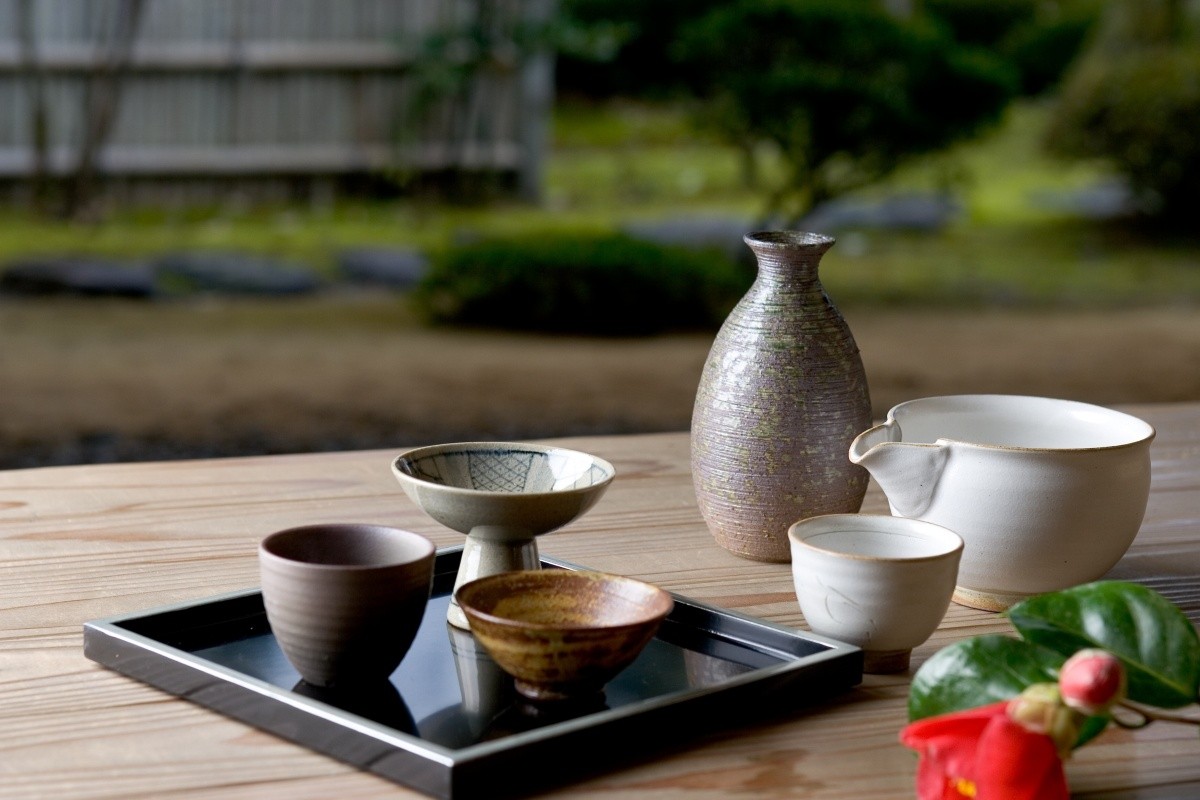
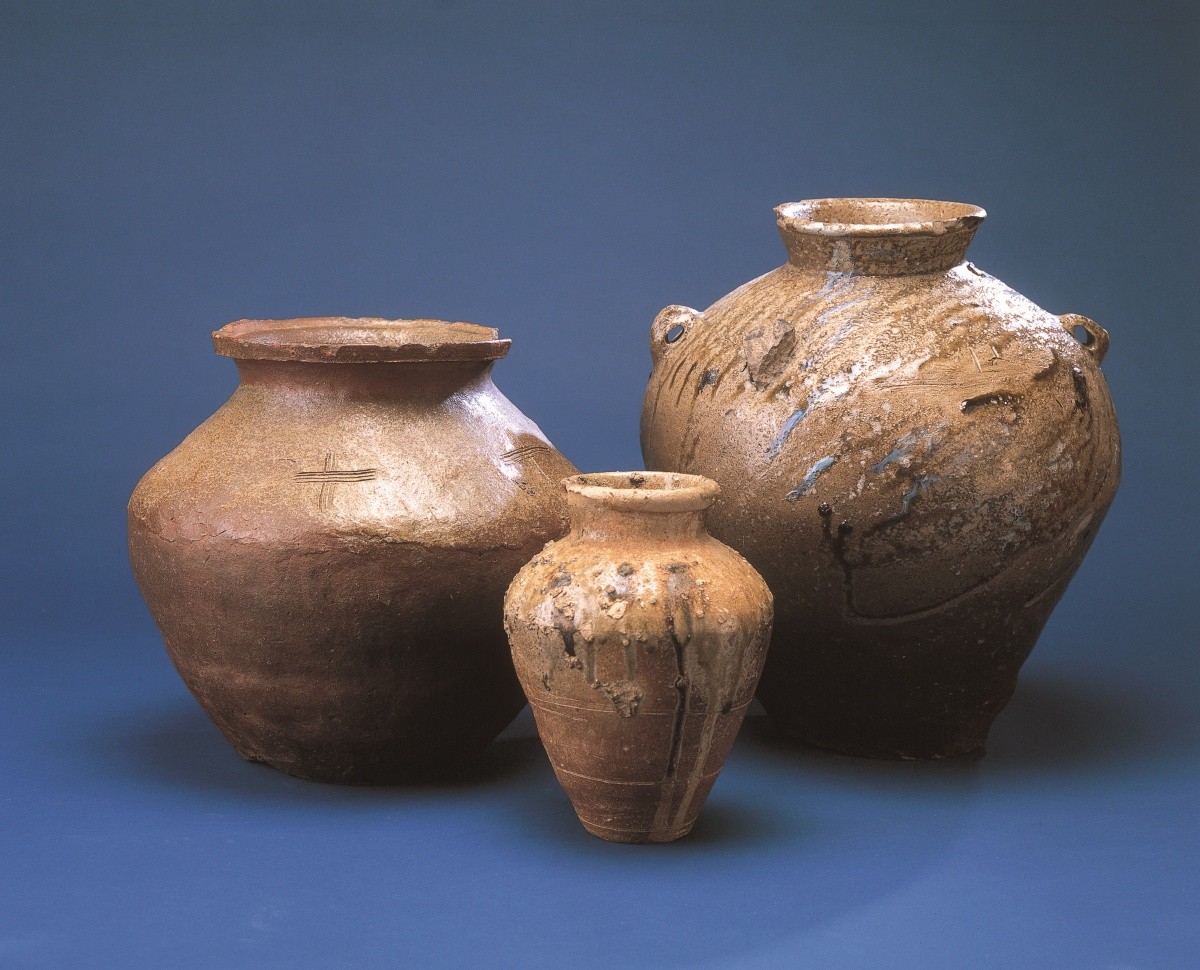
Echizen ware is a reddish-brown stoneware produced around Echizen Town in Nyū District, Fukui Prefecture. It is characterized by its rustic texture, created without the use of glaze. Instead, the natural ash from the firewood melts during the high-temperature firing and flows over the surface, forming a natural glaze.
Its origins date back to the late Heian period (about 850 years ago). Early pieces were influenced by Tokoname ware, but gradually evolved into what is now recognized as Echizen ware. Because of its durability and water resistance, it was mainly used for jars, pots, sake vessels, and tea utensils. Though it once declined in modern times, it was revived after the construction of Echizen Pottery Village in the 1970s. Today, new works incorporating traditional techniques continue to be created.
👉 Purchase popular Echizen ware items
Tokoname Ware (Aichi Prefecture)

Tokoname ware, which originated in the late Heian period, is produced around Tokoname City in Aichi Prefecture. It uses clay rich in iron, and through a technique called "shudei" (red clay), it achieves a unique glossy vermilion color.
One of its most iconic products is the "shudei kyūsu" (red clay teapot). However, it wasn’t until the Edo period that such teapots, along with utensils for tea ceremonies and flower arrangements, began to be made. Before that, the region mainly produced large storage vessels such as jars and urns.
During the Meiji and Taishō periods, Tokoname ware's strength led to increased demand for architectural ceramics like clay pipes and tiles for buildings. Even today, it is used in various settings, from washbasins and bathtubs to everyday household items.
👉 Purchase popular Tokoname ware items
Bizen Ware (Okayama Prefecture)
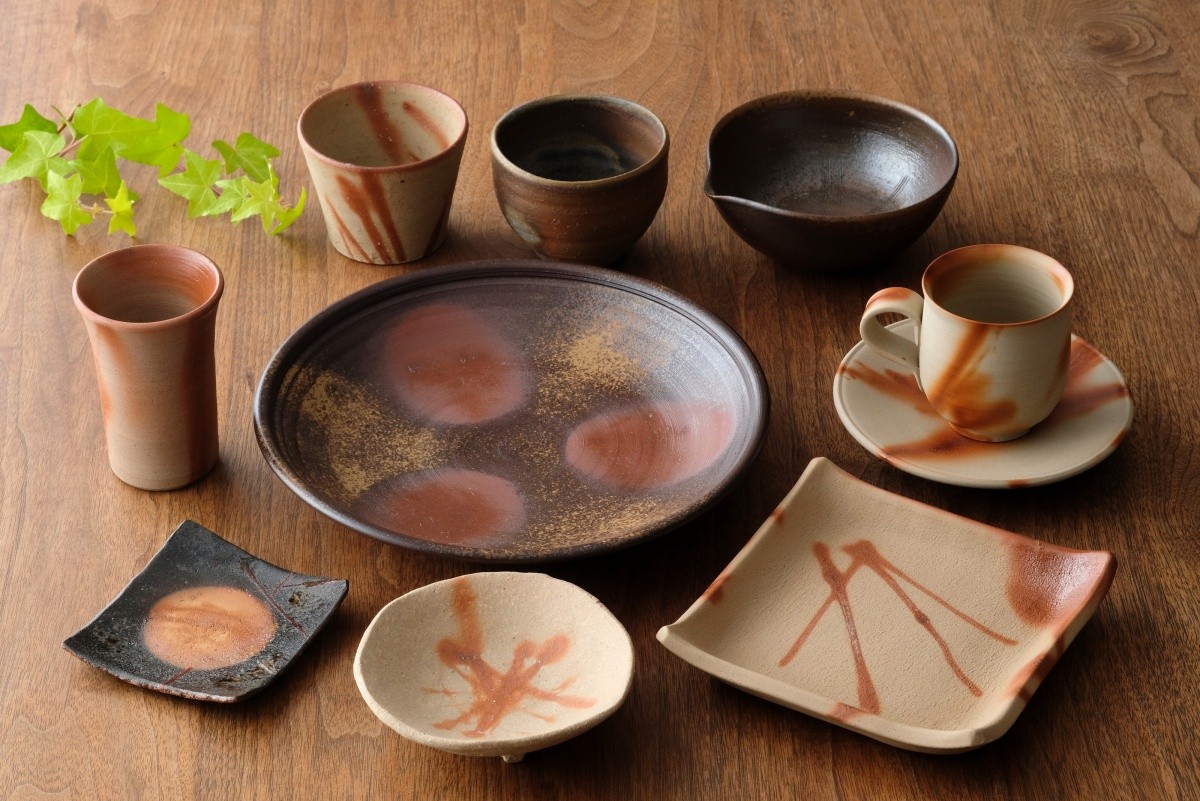
Bizen ware is produced around Bizen City in Okayama Prefecture. It is known for its rustic and earthy texture created without the use of glaze. As no decorative patterns are applied, each piece showcases a one-of-a-kind natural beauty formed by the kiln effects—random marks and color changes caused by ash and flame during firing. Bizen ware developed from the techniques used to make Sue ware and is believed to have already been produced by the Heian period.
Its understated charm was beloved by many tea masters, including the famed Sen no Rikyū during the Azuchi-Momoyama period. The tradition continues today, with several Living National Treasures among its artisans.
✨ 【Starbucks】Okayama's Bizen ware is now available in the local mug "JIMOTO Made"
👉 BuyPurchase popular Bizen ware items
Shigaraki Ware (Shiga Prefecture)
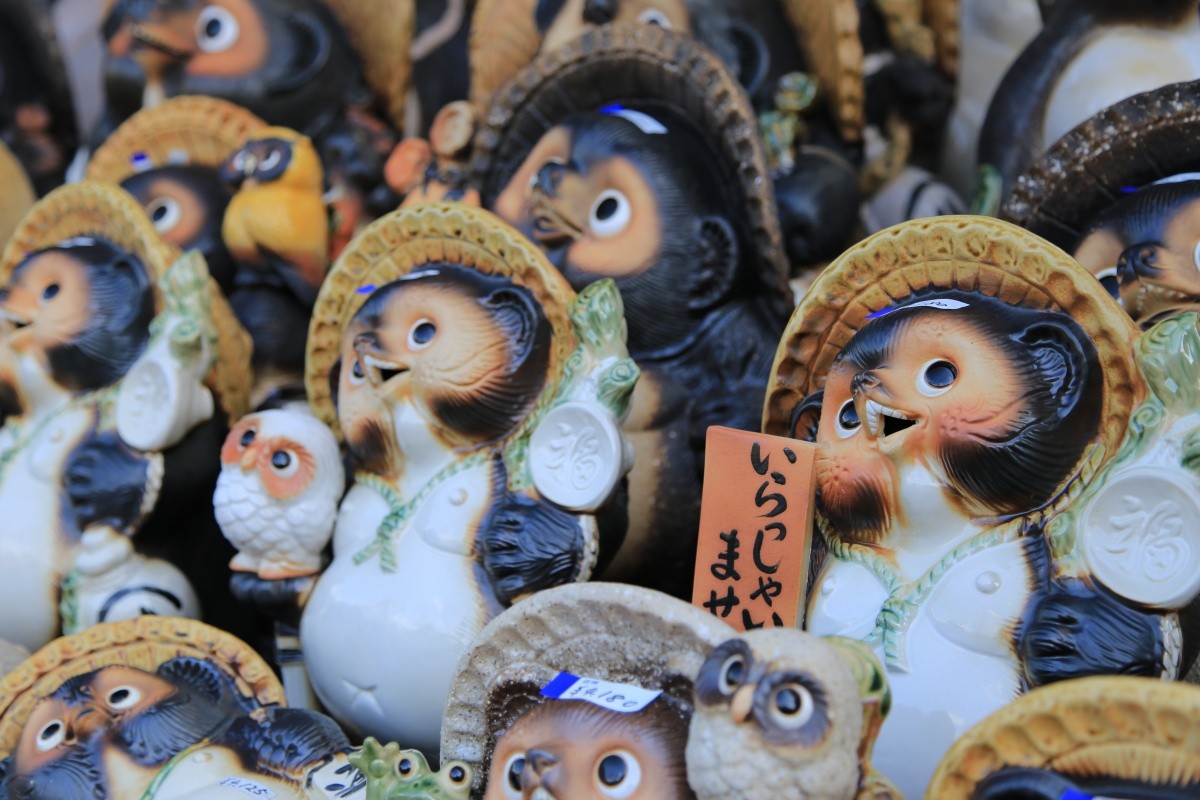
Shigaraki ware is a type of pottery made in and around Shigaraki Town in Kōka City, Shiga Prefecture. Its origins trace back to the Nara period (around 742), when tiles were produced for the construction of the imperial Shigaraki Palace.
One of its most distinctive features is its natural appearance, created through kiln effects such as the natural glaze formed by ash from firewood and reddish mottling caused by flames. The dark brown “ash-covered” or “scorched” tones—resulting from burnt ash settling on the surface—exude a wabi-sabi aesthetic. In modern times, Shigaraki is also well-known for its lucky tanuki (raccoon dog) figurines.
*Kiln effects (yōhen) refer to unexpected colors or patterns that arise due to the properties of the clay and flame during firing.
👉 Purchase popular Shigaraki ware items
Tambakuichiyaki Ware (Hyogo Prefecture)
Tambakuichiyaki ware is made around the area of Konda in Sasayama City, Hyogo Prefecture. Its defining feature is a unique color and pattern known as “ash covering,” created when ash from firewood mixes with the iron in the clay and glaze during firing.
It began in the late Heian period. Early works were made using a method called “coil building,” where clay is shaped by stacking coiled strips and without using glaze—typically for large jars and urns. By the early Edo period, potters adopted the “kick wheel” and began using glaze. By the mid-Edo period, items like tea caddies, water jars, and tea bowls were being made. This tradition lives on today, and each piece, with its natural simplicity, is truly one of a kind.
Note: A “kick wheel” (kerokuro) is a type of potter’s wheel powered by foot, used to spin clay for shaping ceramics.
👉 Purchase popular Tambakuichiyaki ware items
What Are the Three Great Ceramics of Japan?
The “Three Great Ceramics of Japan” refers to Seto ware (one of the Six Ancient Kilns), Imari/Arita ware (which produced Japan’s oldest porcelain), and Mino ware.
Imari & Arita Ware (Saga Prefecture)
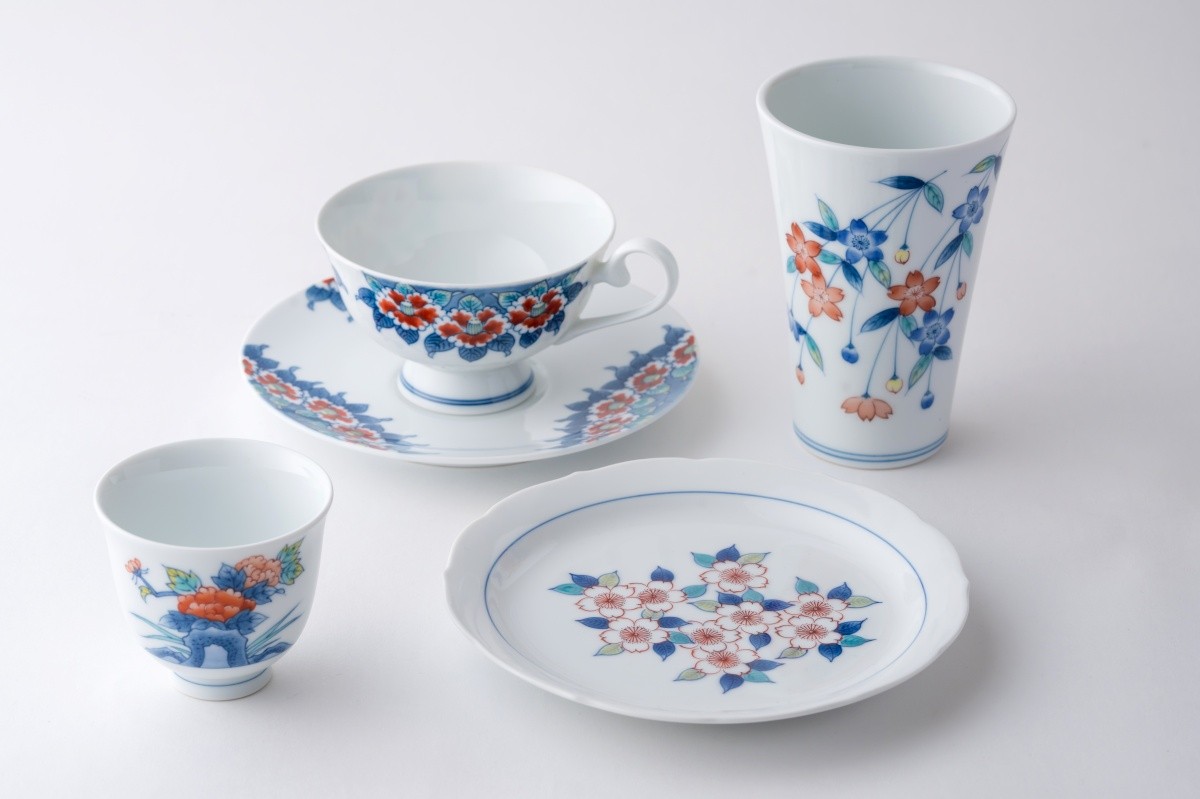

Imari and Arita ware are porcelain pieces produced around Arita in Saga Prefecture, where Japan’s first porcelain was created. In the late 16th century, porcelain stone was discovered in Izumiyama, Arita, by Korean potters brought back during the Japanese invasions of Korea.
At the time, porcelain made in Arita was shipped out from the Port of Imari, which is why it became known as "Imari ware." Today, however, items fired in Arita are classified as Arita ware, while those made in Imari are called Imari ware.
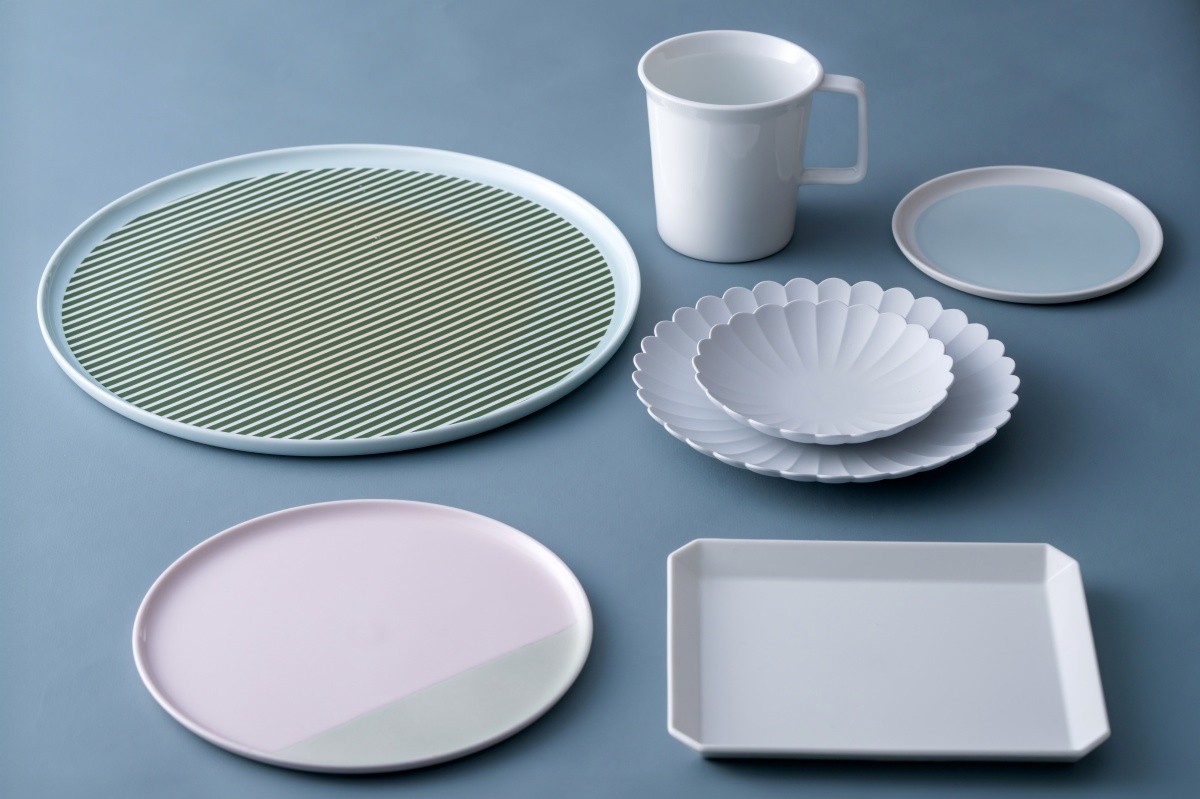
Arita ware is renowned for its thin, smooth texture and durability. Its defining features include the beauty of translucent white porcelain and the use of both monochrome blue and vividly colored overglaze decoration. Major styles include Ko-Imari, Kakiemon, and Nabeshima, and Arita continues to be one of Japan’s most iconic types of porcelain, beloved around the world.
👉 Purchase popular Imari ware items
👉 Purchase popular Arita ware items
Mino Ware (Gifu Prefecture)
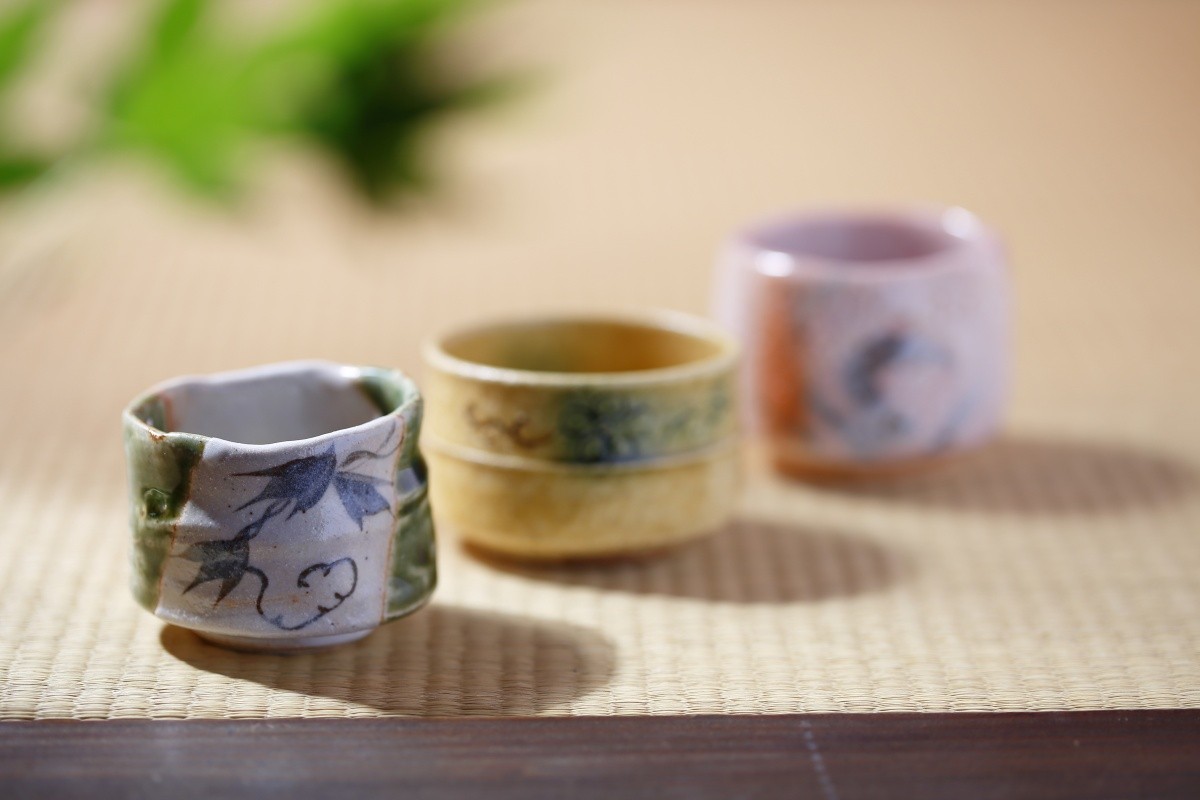
Mino ware refers to ceramics produced mainly in the Tōnō region of Gifu Prefecture, with origins dating back to the 5th century. From the Muromachi period onward, it became closely associated with the tea ceremony, giving rise to masterpieces such as Shino, Oribe, Kiseto, and Setoguro.
Unlike many traditional crafts, Mino ware is not defined by a single unified style. Even among items designated as traditional crafts by the Minister of Economy, Trade and Industry, there are 15 distinct categories. A particularly notable one is Oribe ware, known for its deep green glaze and irregular shapes. Today, Mino ware is not only produced as art pieces but also for everyday items like tableware and tiles, making it one of Japan’s most widely produced ceramics.
👉 Purchase popular Mino ware items
How to Enjoy Japanese Ceramics: Museums, Festivals, and More
View ceramics in museums and galleries
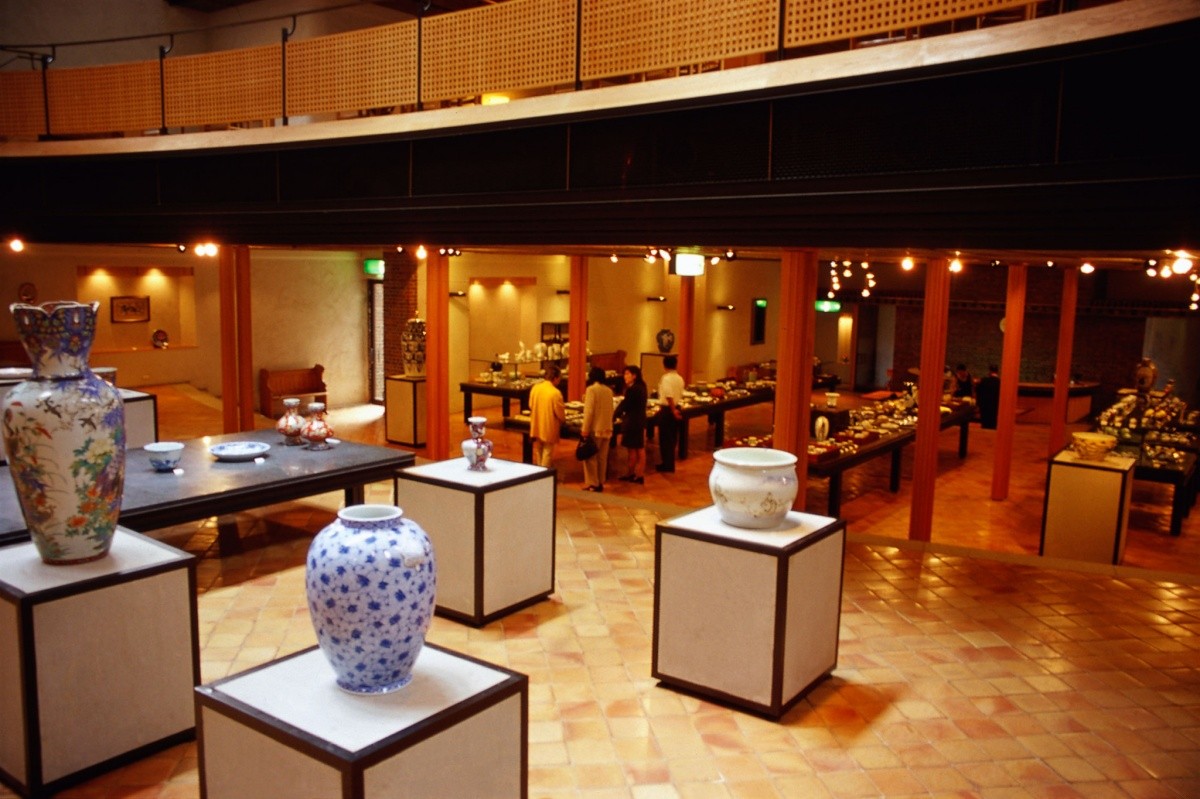
Ceramics can be enjoyed not only by using or collecting them but also by viewing them in museums and exhibitions. Japan is home to many museums dedicated to pottery. One such example is the "China on the Park" in Saga Prefecture, which houses a porcelain museum.
Visit locations and events related to ceramics
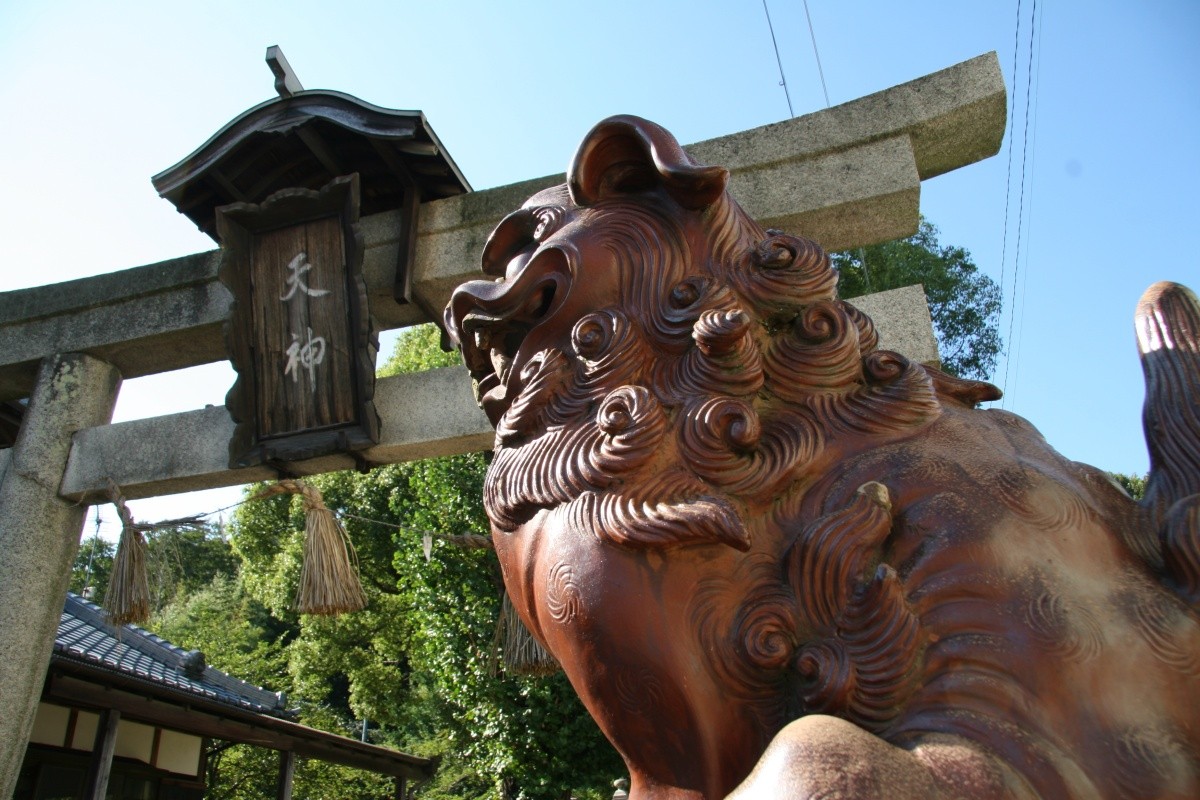
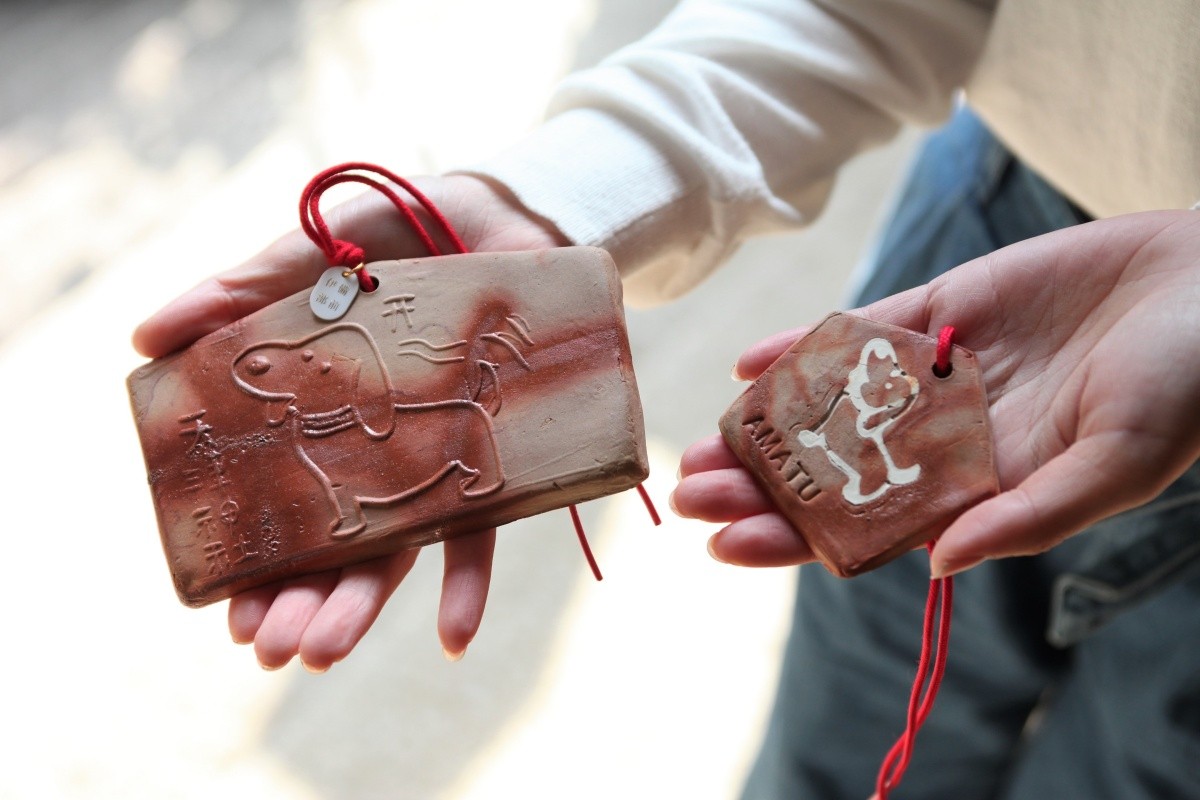
When visiting pottery-producing regions, you may come across unique places tied to ceramics. For example, at Amanogawa Shrine in Bizen City, Okayama, you’ll find Bizen ware used for guardian lion-dog statues and ema plaques.
In Seto City, Aichi Prefecture, during the Hinamatsuri (Girls’ Day) season, ceramic hina dolls are displayed.
Shop at Japan’s Three Major Pottery Festivals
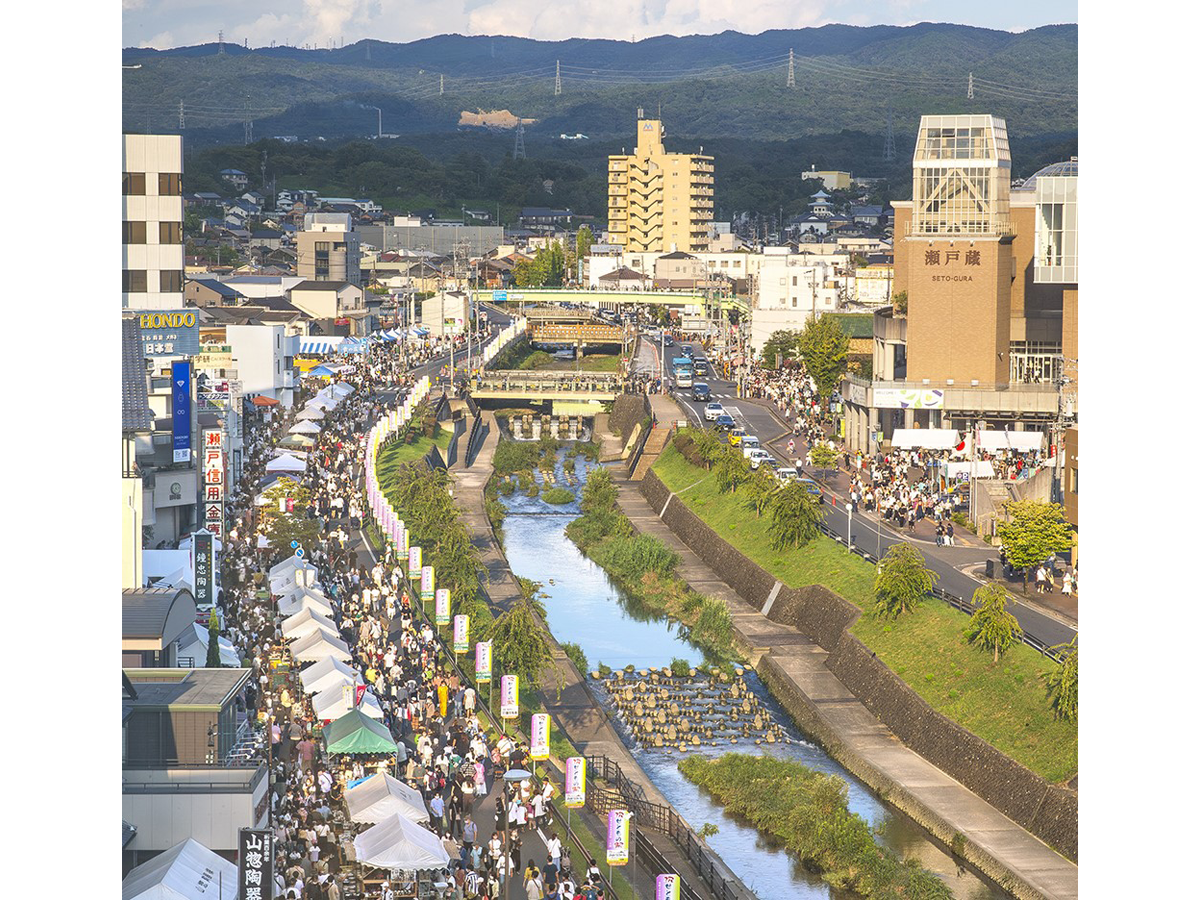
Many pottery-producing regions host annual events such as pottery festivals. Among the most famous are the "Toki Mino Ware Festival," the "Setomono Festival," and the "Arita Pottery Market," held in the three great ceramic-producing regions of Japan. These events, known as Japan’s Three Great Pottery Festivals, attract numerous pottery fans.
Shop at kilns and specialty stores
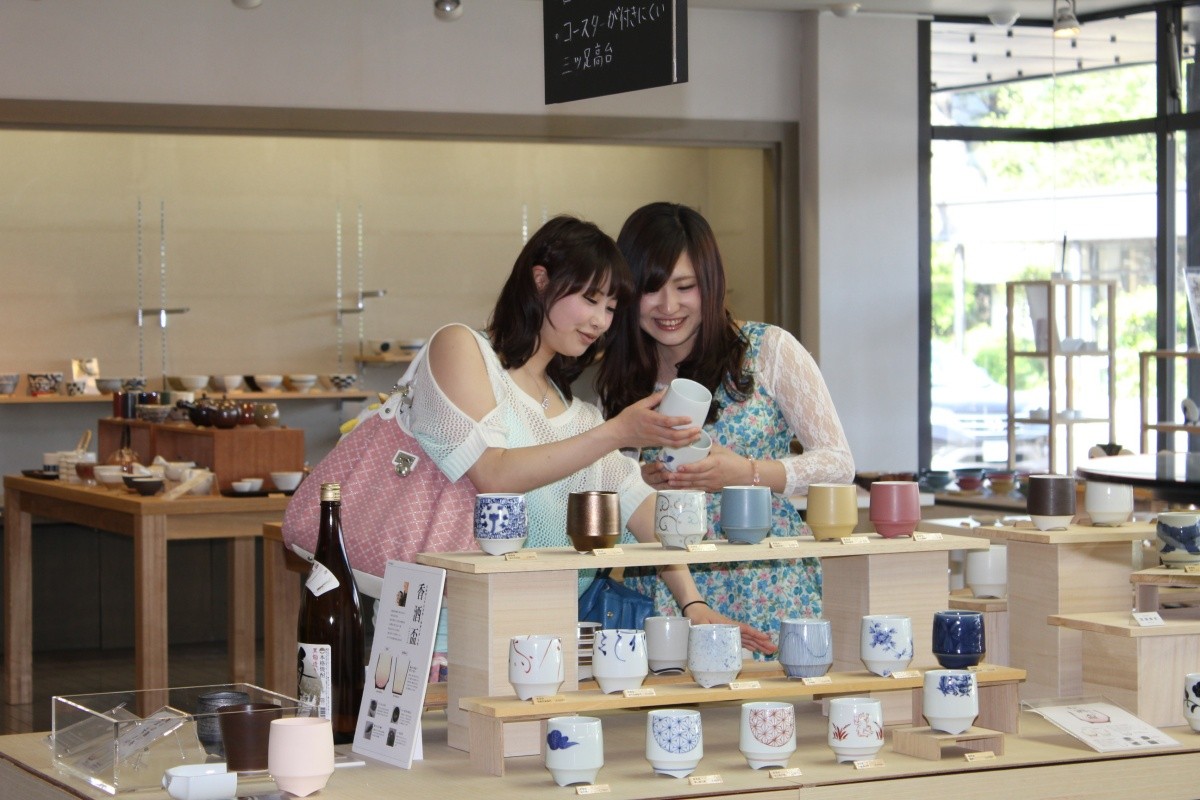
While shopping at festivals is fun, many cities and regions in Japan have specialty shops dedicated to ceramics. One standout is “Arita Será,” the world’s largest Arita ware shopping resort. Here, you can find everything from reasonably priced everyday items to rare, high-end pieces crafted by ceramic artists—perfect for finding that special item just for you.
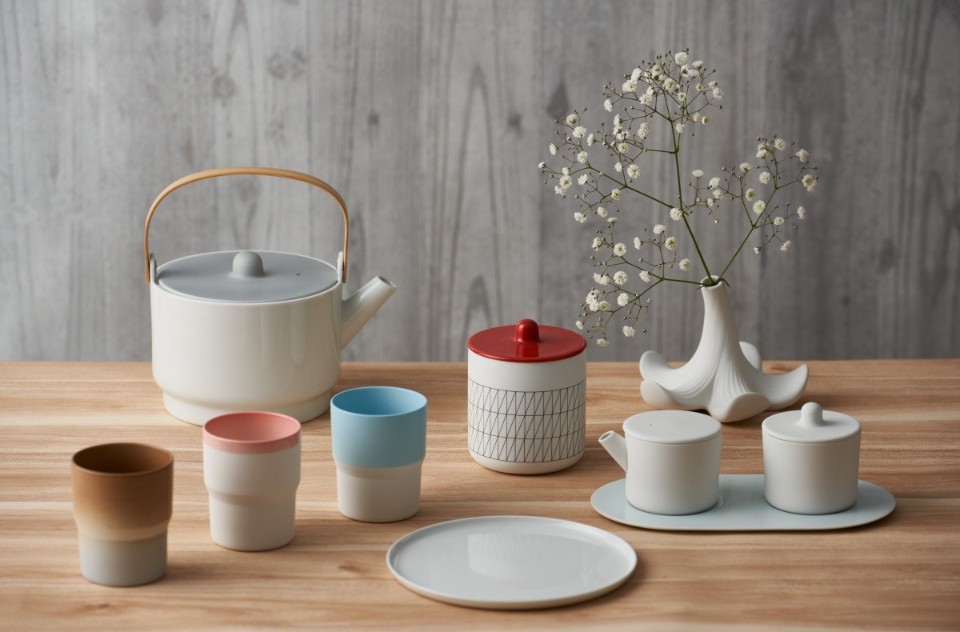
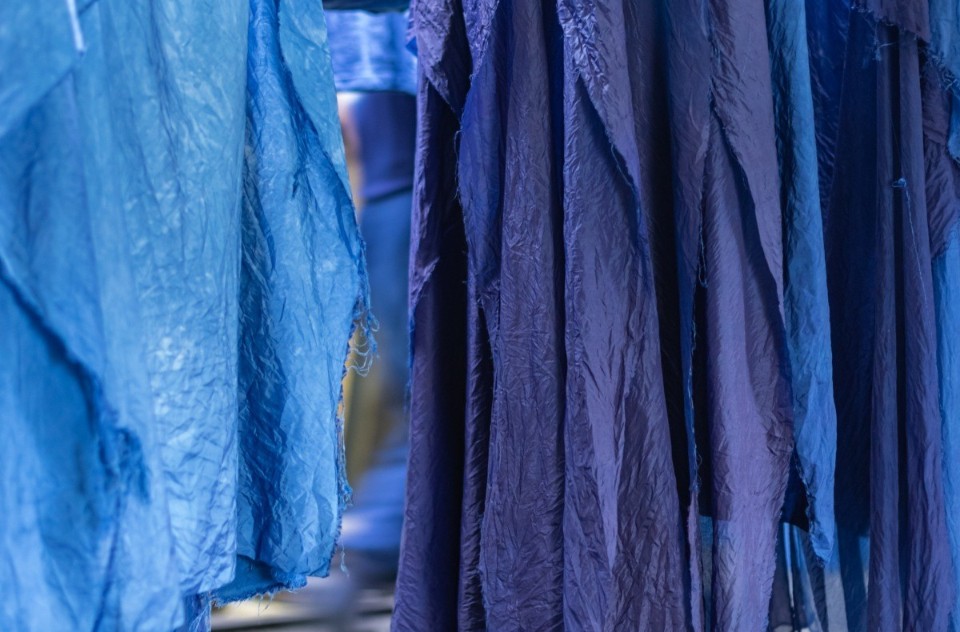
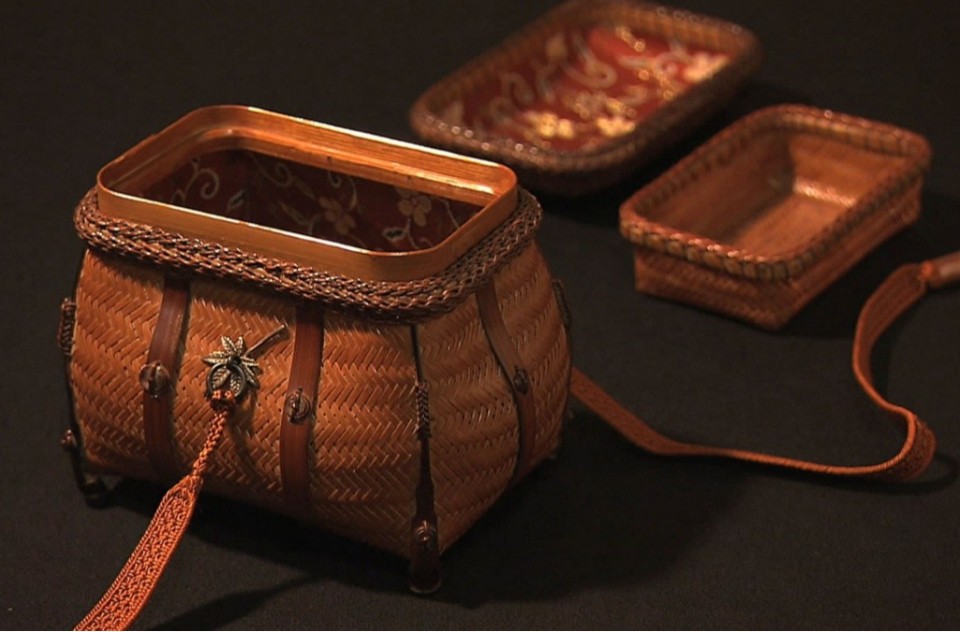
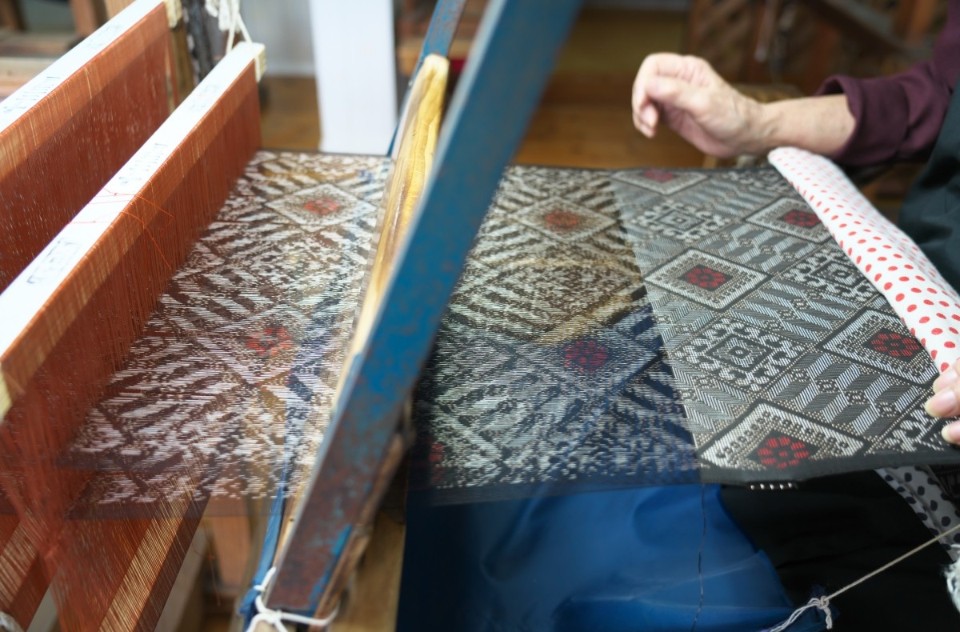

Comments